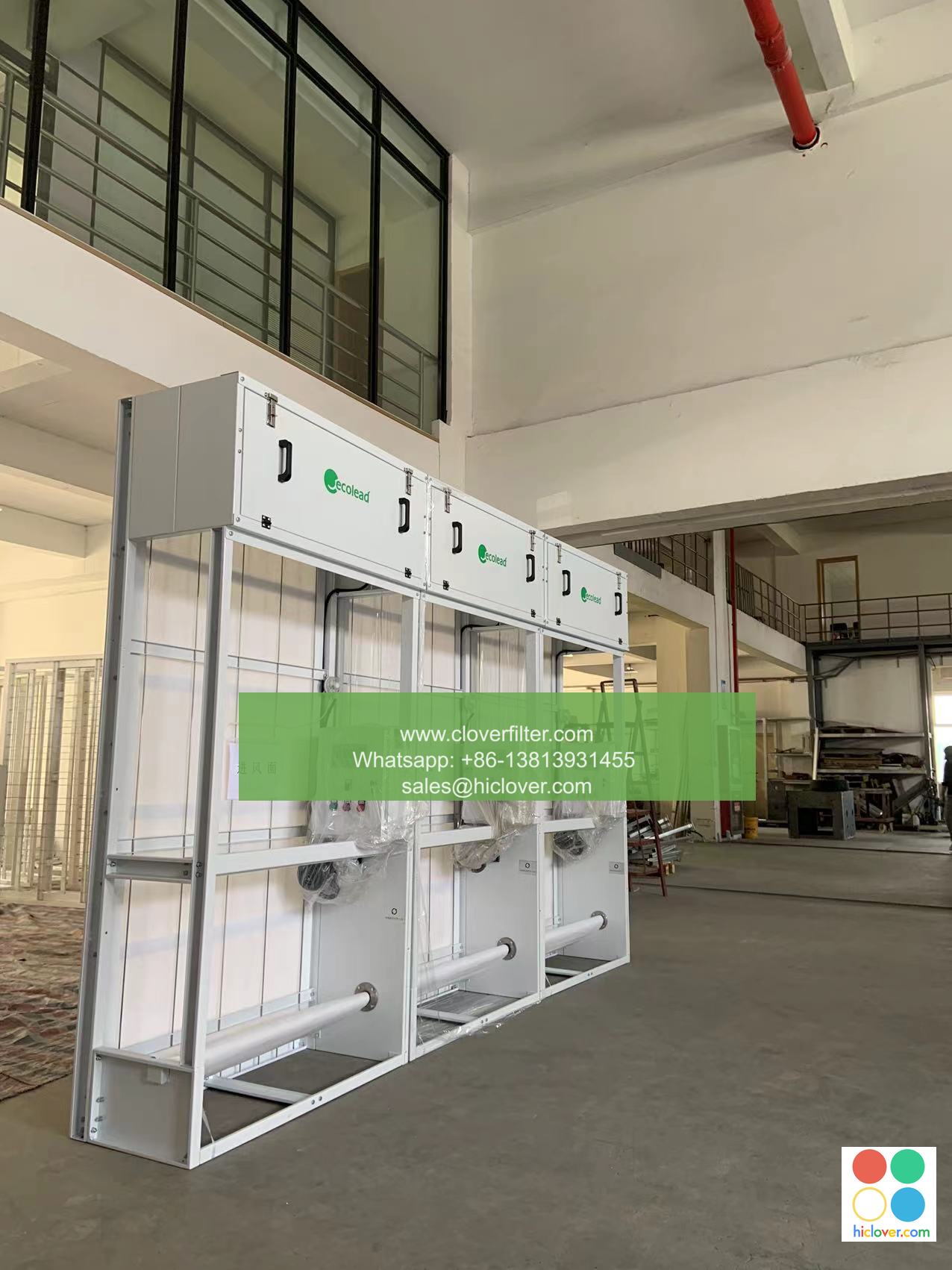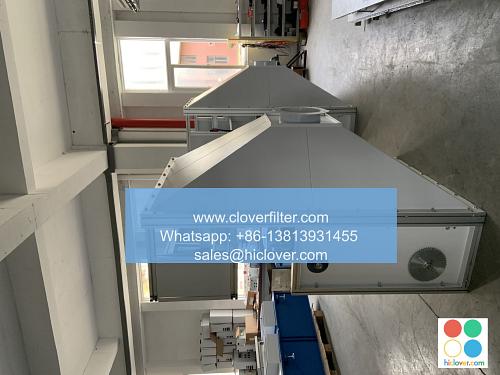A Guide to Air Filter Sizing and Installation

Proper air filter sizing and installation are crucial for maintaining good indoor air quality, reducing energy consumption, and prolonging the lifespan of heating, ventilation, and air conditioning (HVAC) systems. In this article, we will delve into the world of air filters, exploring the different types, sizes, and installation methods, as well as highlighting various application areas, including residential, commercial, and industrial settings.
Understanding Air Filter Types and Sizes
Air filters come in various types, including fiberglass, pleated, activated carbon, and HEPA (High Efficiency Particulate Air) filters. Each type has its own set of characteristics, advantages, and application areas. When it comes to sizing, air filters are typically measured in inches, with common sizes ranging from 10×20 to 25×30. It is essential to choose the correct size to ensure a proper fit and optimal performance.
Air Filter Sizing Considerations
When selecting an air filter, several factors must be taken into account, including:
* Airflow rate: The amount of air that needs to be filtered, typically measured in cubic feet per minute (CFM).
* Filter efficiency: The ability of the filter to capture particles of various sizes, often expressed as a MERV (Minimum Efficiency Reporting Value) rating.
* System compatibility: Ensuring the filter is compatible with the existing HVAC system, including the air handler, ductwork, and ventilation components.
* Installation constraints: Considering the available space, accessibility, and maintenance requirements.
Installation Methods and Best Practices
Proper installation is critical to ensure the air filter functions correctly and efficiently. Some key considerations include:
* Seal tightness: Ensuring a snug fit to prevent air leaks and bypass.
* Filter orientation: Installing the filter in the correct direction to facilitate smooth airflow.
* Support and stability: Providing adequate support to prevent filter damage and ensure stable operation.
* Regular maintenance: Scheduling regular filter replacements and cleaning to maintain optimal performance.
Application Areas and Industry-Specific Considerations
Air filters are used in a wide range of applications, including:
* Residential: Single-family homes, apartments, and condominiums, where indoor air quality and energy efficiency are primary concerns.
* Commercial: Office buildings, retail spaces, and restaurants, where occupant health and productivity are key considerations.
* Industrial: Manufacturing facilities, warehouses, and laboratories, where process control and equipment protection are critical.
Each application area has its unique set of requirements and challenges, and selecting the right air filter size and type is essential to ensure optimal performance and effectiveness.
Conclusion
In conclusion, proper air filter sizing and installation are vital for maintaining good indoor air quality, reducing energy consumption, and prolonging the lifespan of HVAC systems. By understanding the different types, sizes, and installation methods, as well as considering various application areas, individuals can make informed decisions when selecting and installing air filters. Whether in residential, commercial, or industrial settings, a well-designed and properly installed air filter system can have a significant impact on occupant health, energy efficiency, and equipment performance. You haven’t provided a question or topic for me to discuss. Please provide more context or information so I can give you a helpful and accurate response. What would you like to talk about?

